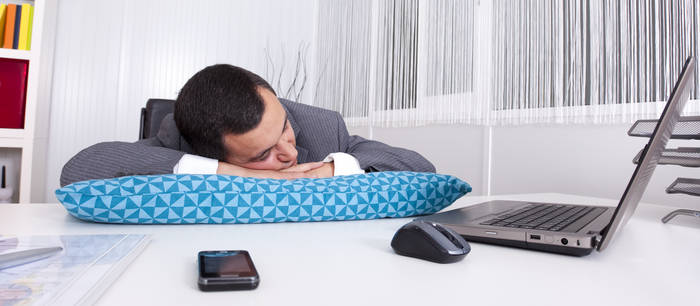Americans go crazy for Japanese culture. From sushi to Ramen and from Pokémon to Nintendo, Japanese cultural imports have long been a part of the things that Americans love. And now, there’s a new Japanese trend that’s slowly gathering steam in the USA: napping at work.
Inemuri, translated literally, means “sleeping while present.” In Japan, napping on the job is not only permitted—it’s considered a sign of commitment to your employer. In other words, if you’re snoozing at your desk, it’s probably because you work so much that you don’t have time to sleep enough at night. Now that’s commitment!
Why Should We Embrace Nap Time in the Workplace?
Obviously, the American workplace culture is very different from that of Japan, but this doesn’t mean we couldn’t stand to gain a lot from a little cultural exchange. The midday nap is on the rise in the good old U.S. of A, and the reasoning behind it is pretty convincing.
First, there’s the science aspect. Humans are remarkable among mammals in that we are one of only a few species that sleeps once a day. Science has yet to decide whether this fact is built into our biology or if it is a custom that developed as a result of industrialized society. But one thing’s for sure—most humans aren’t getting enough sleep. Consider the amount of coffee your employees drink or the casualness that has developed around complaining about fatigue due to lack of sleep. Certainly, we’re all overdue for a nap.
Adding the office nap to your company culture promises lofty benefits. Well-rested employees are more alert and more agreeable. Power napping at work increases productivity, and research has shown that napping can reduce stress, promote a healthy heart, and aid in the maintenance of a healthy weight.
Best Practices for Napping at the Office. (Seriously.)
But not all naps are created equal. Nap too briefly and you won’t wake up feeling rested; nap for too long and you risk feeling groggy. Experts recommend that a “power nap” last around 20 minutes. To reduce the risk of ruining your normal sleep schedule, try not to nap after 4pm.
Certainly, at this point, the science behind power napping at work is not hard and fast, but the risks of trying it out in your workplace are considerably low. All your company has to lose is 20 minutes of time, but the potential increase in employee productivity could more than make up for it.
Do you allow napping in your office? How has it benefited productivity around the office? Let us know in the comments below!



